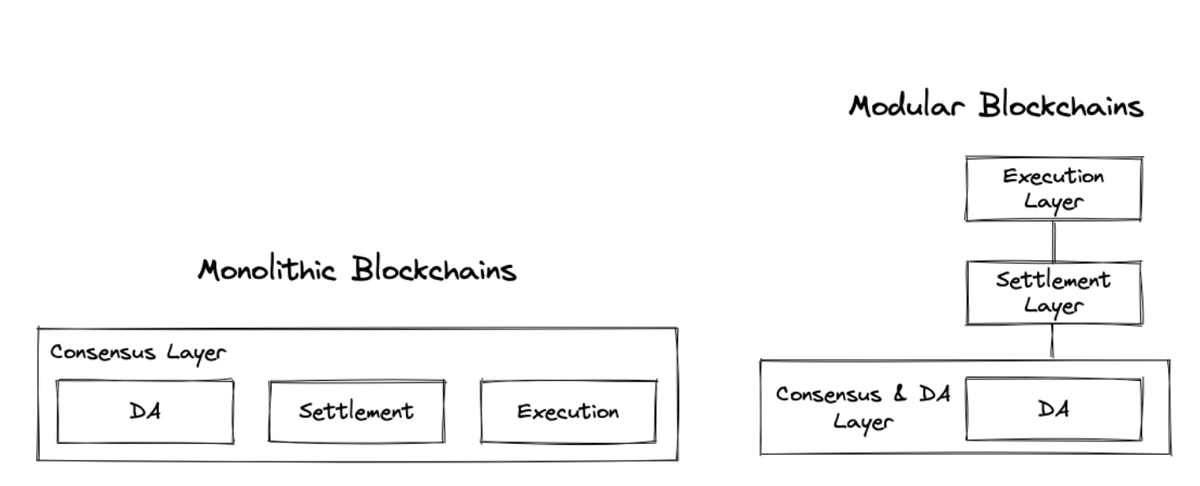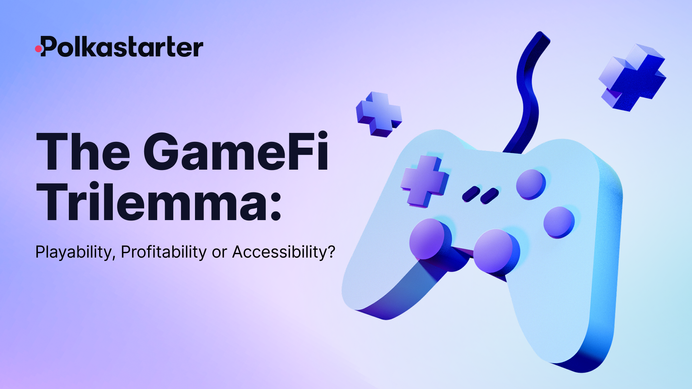Balaji asked, "What are you bullish on for 2023?" on the last day of 2022.
Here's what Vitalik replied 👇🏻
Curious about #EIP4844 and why it's a big deal?
Here's what Vitalik replied 👇🏻
https://twitter.com/VitalikButerin/status/1609209529706872833
Curious about #EIP4844 and why it's a big deal?
We've heard it a million times:
Visa is lightning fast, but #Ethereum struggles at 11-15 TPS.
Rollups like #arbitrum and #OptimismFND provide relief, but they can be pricey at times.
Visa is lightning fast, but #Ethereum struggles at 11-15 TPS.
Rollups like #arbitrum and #OptimismFND provide relief, but they can be pricey at times.
But why are rollups pricey? What drives the cost?
It all boils down to data storage.
Approximately 90% of transaction costs are allocated to it. 🤯
Here's the scoop...
It all boils down to data storage.
Approximately 90% of transaction costs are allocated to it. 🤯
Here's the scoop...
Optimistic rollups ease Ethereum's burden by processing transactions off-chain and posting data back to L1 as calldata.
If the batch goes unchallenged, the rollup protocol re-executes transactions and updates the rollup's state.
To ensure accuracy...
If the batch goes unchallenged, the rollup protocol re-executes transactions and updates the rollup's state.
To ensure accuracy...
..., we need "provers" to download and verify the data.
That's why rollups store the data (for 1-3 months) despite the expense.
💡Truth is, the data is only needed temporarily and will eventually be deleted.
That's why rollups store the data (for 1-3 months) despite the expense.
💡Truth is, the data is only needed temporarily and will eventually be deleted.
Introducing Proto-Danksharding's magical blobs!
They carry "blob-carrying transactions" briefly retained by Beacon nodes. Validators do a taste test with "data availability sampling," verifying parts without devouring all.😋
Sending tx data becomes faster & more affordable⚡
They carry "blob-carrying transactions" briefly retained by Beacon nodes. Validators do a taste test with "data availability sampling," verifying parts without devouring all.😋
Sending tx data becomes faster & more affordable⚡

So, why is EIP-4844 such a big deal?
"EIP-4844/Proto-Danksharding aims to scale Ethereum to >100,000 TPS, paving the way for cheaper L2 transactions." - @ethereum
Cheaper L2 tx = improved UX → more possibilities for applications like games, social & DeFi with high tx loads🔥
"EIP-4844/Proto-Danksharding aims to scale Ethereum to >100,000 TPS, paving the way for cheaper L2 transactions." - @ethereum
Cheaper L2 tx = improved UX → more possibilities for applications like games, social & DeFi with high tx loads🔥
@ethereum We may see significant growth in
1. Optimistic L2 leaders
2. Leading dApps powered by L2
3. Pioneers in zk-rollups
4. Crypto adoption 💥
1. Optimistic L2 leaders
2. Leading dApps powered by L2
3. Pioneers in zk-rollups
4. Crypto adoption 💥
@ethereum Full Danksharding is a few years away, but EIP-4844 is rapidly approaching!
Although the specific date hasn't been announced, it's expected in Q3~Q4 2023.
Stay updated with the EIP 4844 readiness checklist:
github.com/ethereum/pm/bl…
Let's make the most of 2023 by planning ahead!
Although the specific date hasn't been announced, it's expected in Q3~Q4 2023.
Stay updated with the EIP 4844 readiness checklist:
github.com/ethereum/pm/bl…
Let's make the most of 2023 by planning ahead!
• • •
Missing some Tweet in this thread? You can try to
force a refresh

 Read on Twitter
Read on Twitter













